Day Fourteen-Guide to shop-alongs
Shop-alongs are one of the most googled research methods on my website, so I would love to give y’all a little bit of a how-to look at planning for, conducting, and analyzing data from a shop along.
What is a shop-along?
A shop-along simply means going shopping with your potential customer. The goal is to understand the customer’s motivations and pain points while shopping for your product or using your service. The goal is to observe your customer while they are making real product or service decisions. This will give you insight into the distractions and frustrations that your customer deals with while shopping, as well as help you understand what resonates with a customer at point of sale.
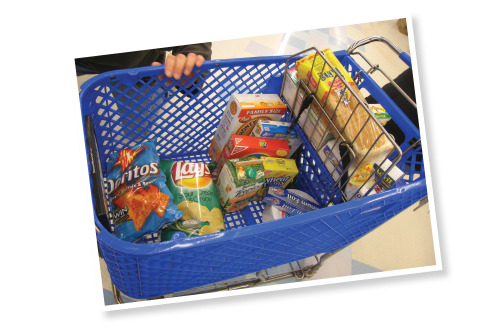
Shop-alongs fall in two main categories
Understanding how your shopper decides which product to buy
This means shopping with your customer to understand how they shop your category. For the most part this is done by product and packaging companies. This could mean understanding how a consumer decides on a general solution from your category, or it could mean understanding specifically how the customer chooses your brand over a direct competitor. For example, you could be trying to understand why shoppers choose disposable razors instead of reusable ones, or you could be trying to understand why shoppers choose Gillette razors over Bic razors.
Understanding how your shopper navigates through the whole shopping experience
This means understanding the entire customer journey from pre-planning to un-packing. For the most part this is done by retailers and service providers. The goal here is to understand how your customer interacts with every touch point of your service from the parking lot through check out. This could mean understanding how a customer shops a grocery store or goes through the whole process of air travel.
Understanding both
In a few cases you will need to understand the entire process as well as category specific decision making. I recently did a project with an office supply retailer who has a line of store brand products. We were trying to understand how to drive the traffic of one line of products (that happens to be confusing to purchase and fairly heavy to move through the store). For this project we observed the whole customer journey as well as the category specific decision making.
Planning for your shop-along
The recruiting process for shop-alongs is the same as recruiting for one-on-one interviews (learn more about research planning here). However, with shop-alongs you will want to make sure that the sessions are as authentic as possible. You should be running sessions on your participant’s terms. This means shopping at their normal store at the time of day and day of the week that they normally shop. Most of your shop-alongs will take place at nights or on weekends. You will also want to make sure that you are recruiting some participants who use your brand and some who do not.
Pre-shop interview
You will want to try to schedule an interview in your participant’s home or at their business directly before the shop-along. This is your chance to understand their context, help them understand the goals of the session, and observe how they prepare for a shopping trip. If possible you will want to mic your participant at home and ride in their car with them to the store so the transition from parking to shopping is as natural as possible.
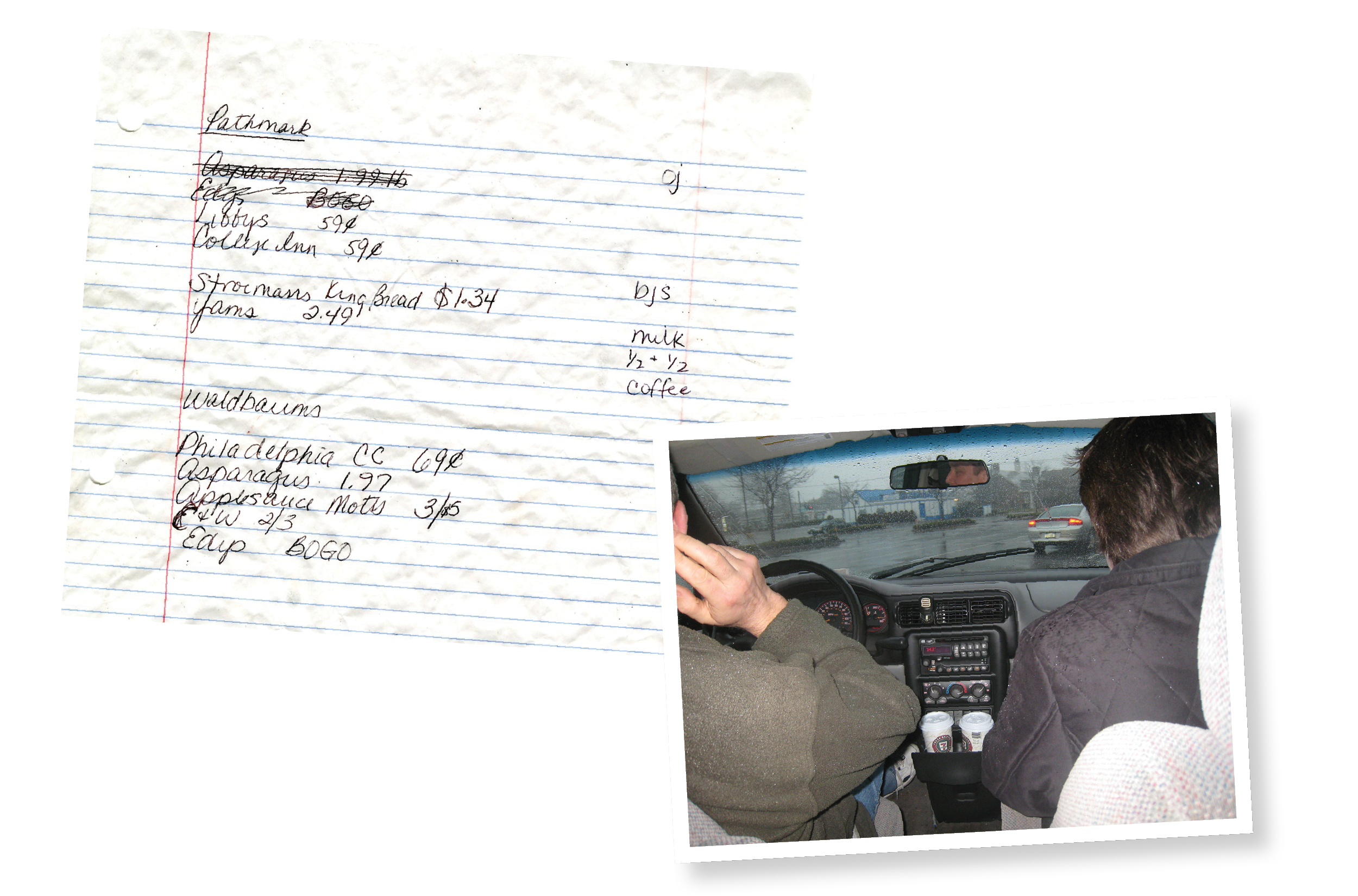
Your Posse
While I usually encourage as many people as possible to participate in observational research, this is one case where you may want to limit the team. Your goal should be to blend in to the shopping environment as much as possible. This means that having 20 people following your participant will not only make them uncomfortable, but may draw unwanted attention from store employees.
Equipment
One of the biggest challenges with conducting shop-alongs is capturing data. As I mentioned you will want to make sure you are capturing audio of the entire session. Ideally you will use a lav mic on the participant, but you can get away with a simple voice recorder (or voice recording app) if you have to. Unfortunately, most retail establishments frown on the use of cameras and video cameras. I have found that with the prevalence of cell phone cameras this is becoming a little bit less sensitive, but you still need to be a little bit sneaky. I have used lapel cameras and flip cameras with gorilla tripods to get a “cart’s eye view” but try to avoid holding a typical video camera…it’s a sure fire way to get kicked out of the store.
If you are doing research at your own stores this obviously isn’t an issue, you will just need to make sure that the manager on duty knows what is going on. I have had managers go as far as pulling footage from security cameras for us so we could track our movement through the store.
Have a plan, but stay flexible
You will want to follow your participant’s lead during the shopping trip. If you are interested in a specific category let your customer do the rest of their shopping without much interruption. Just observe what they are doing. When you get to your category continue to observe the process, but remind the participant to “speak aloud” as they are making decisions. After they have made a decision you will want to follow up with specific and pre-planned questions.
Retail usability
In some cases I will ask participants to play out a number of use cases in the department. For example, if you were trying to understand cosmetics you could ask the participant to choose the products they would buy to wear at work then ask them to buy the products they would wear on a night out. This will help you understand how the participant compares products and makes more complicated decisions.
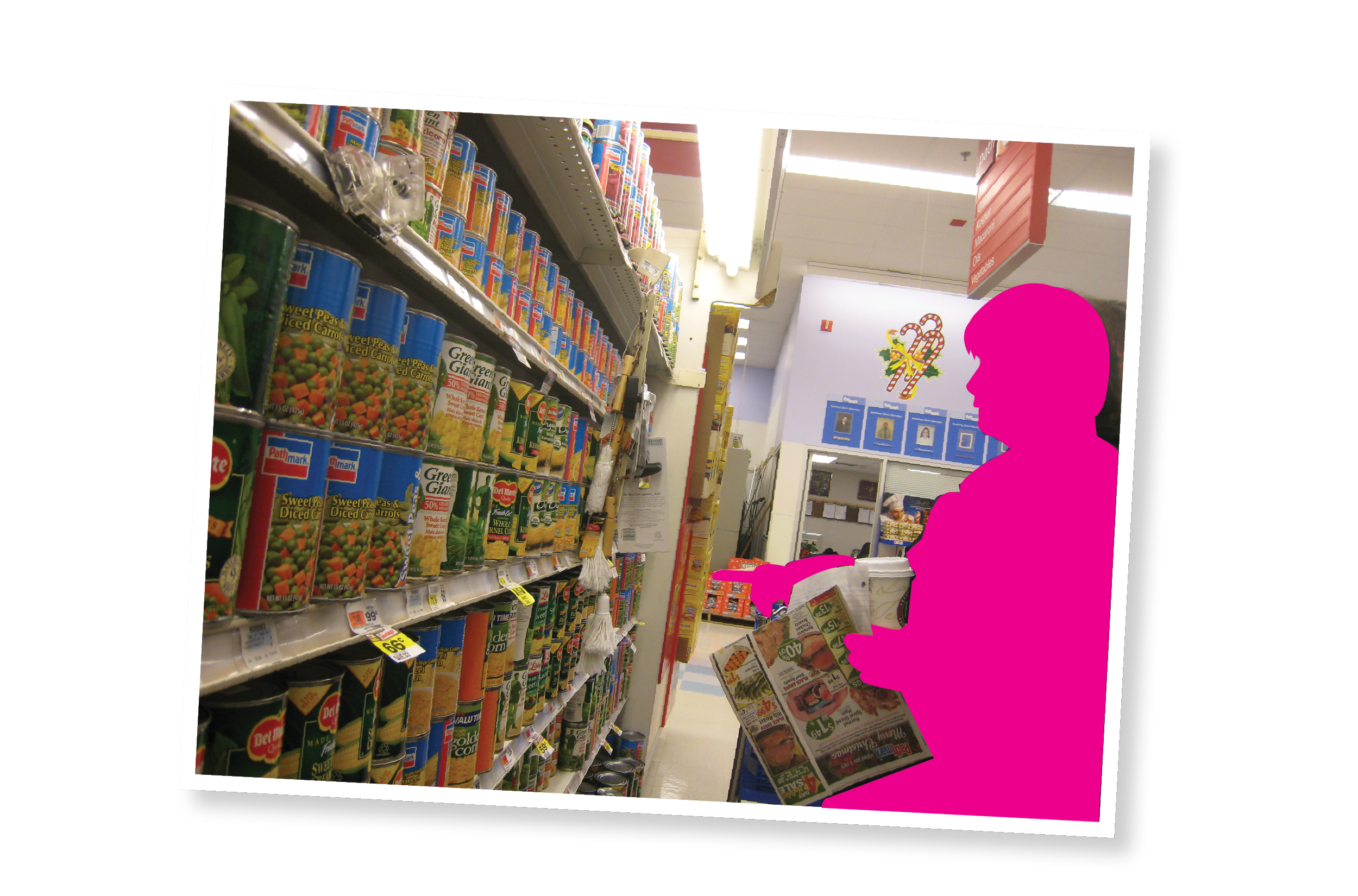
Show me around
Depending on the project I will also ask the participant to give me a guided tour of the store. This helps you understand how they think about and describe each section of the store.
Post-shop
After the trip you will want to return home with the participant and observe how they unpack their goods. If you were lucky enough to capture video you can also watch some of the video with the participant and ask them to narrate it. This will help them assess and articulate details that they may not have even thought about during the initial trip. If you decide to watch video the feedback is usually incredibly useful, but you need to be very careful about session fatigue. Try to be very selective in the video you watch and watch for signs of grumpiness from your participant.
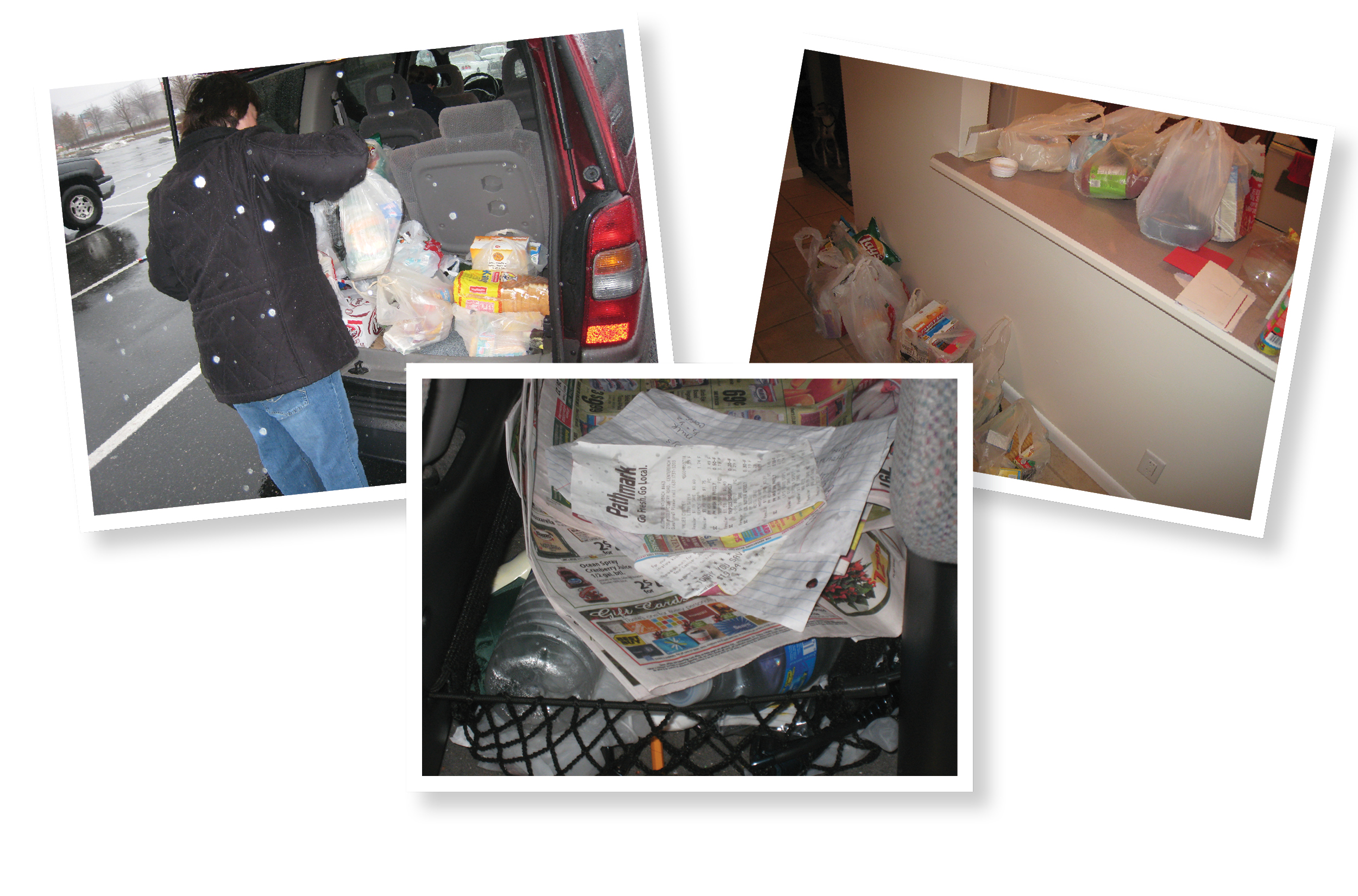
Analysis
Shop-along data is challenging to collect making it difficult to analyze. Immediately after each shop-along you should plan on debriefing with your team to discuss highlights of the session. During these sessions you should start to rough out workflows or journey maps. This will usually include drawing a physical map of the store and showing the flow that your participant took as well as mapping the individual steps the participant went through while shopping. After mapping the project team can start to identify problems with the physical space and the process of shopping.

You may also uncover opportunities for additional branded touch points. On a project for a large jeweler we used a journey map to understand the shopping process and uncovered really interesting opportunity for us to create a brand connection. We conducted shop-alongs with men who were getting ready to propose to their girlfriends. We learned that while the whole jewelry shopping process is challenging, shopping for an engagement ring requires a level of secrecy that jewelers were not currently addressing or capitalizing on. This insight helped us design slim line ring boxes (so they don’t create a bulge in the future groom’s pocket). We also create a secret process for the company to alert the customer that their ring was ready to be picked up. Customers were given a fake restaurant receipt that had their online confirmation number printed as the order number. Neither of these design details would have been implemented if we had not done shop-alongs and journey maps.
You can also start to create user-typologies or personas of your customers. This is done by combining quantitative demographic and psychographic data with your observations. This will help you understand what things your users find important and the challenges they are currently having with the process.
You can create decision trees to understand the hierarchies of decisions being made. You can outline how participants made gross decisions like what type of solution to purchase to very specific decisions like brand, color, finish, and features.
You can also do a longitudinal receipt analysis. This will help you understand how your shopper’s habits change over time. We did a project a few years ago about how the economy affected food purchasing habits. We had luckily asked our participants to keep a week’s worth of receipts from the year before, so we asked them to do the same activity again. We were able to compare shopping choices between years and not cases where families had switched to generics or removed whole categories (like soda) from their shopping trips. Asking participants to save receipts for you can also help you understand ways to potentially bundle your products, or uncover possible partners. Finally, the receipt will tell you if what your participant says aligns with what they do. We have done interviews where the participant said they only buy organic non-processed foods, but their receipts showed a host of processed snack food.
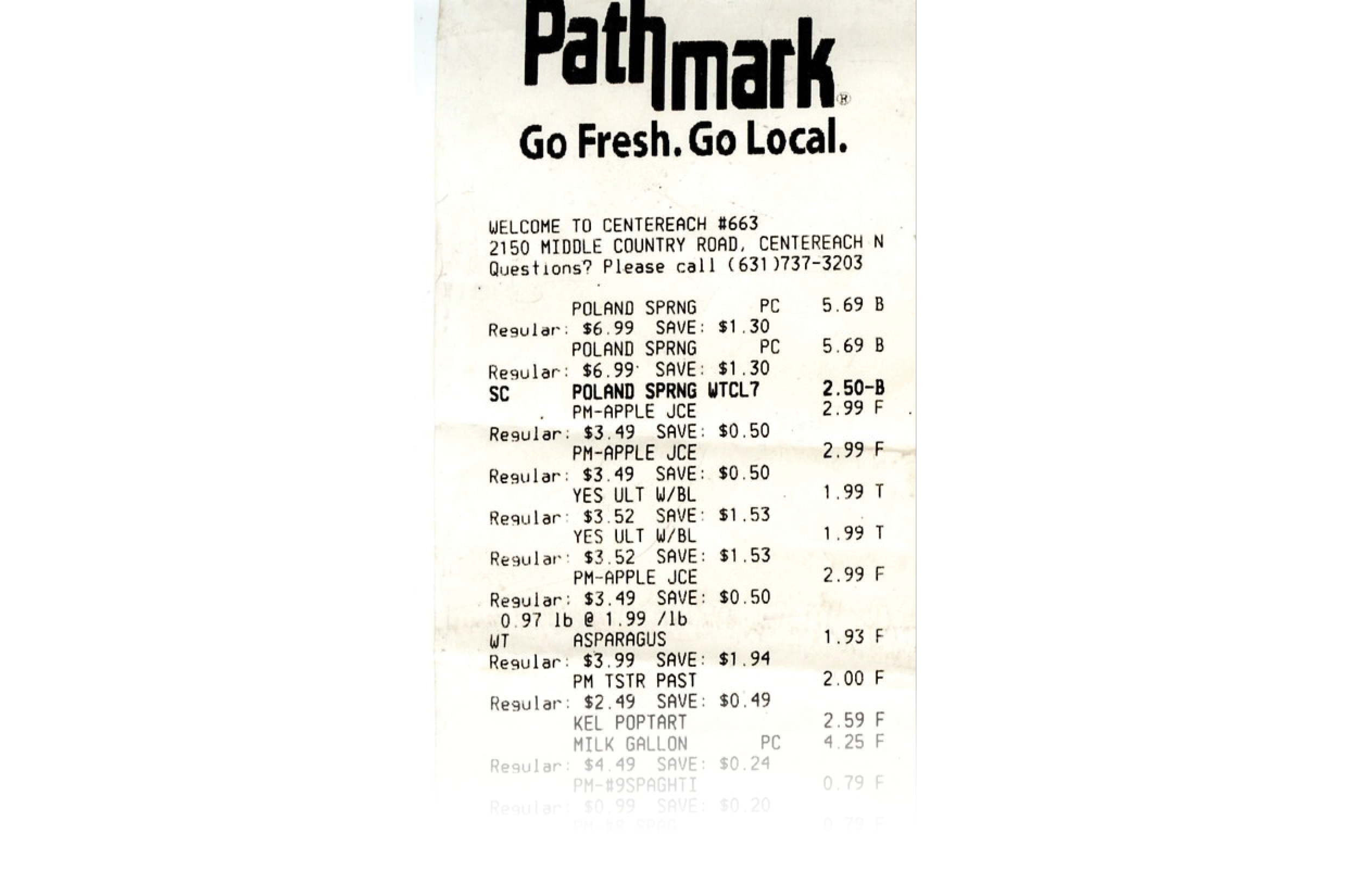
Just like any other research method, in order to be useful Shop-alongs require a goal, a plan, and a whole lot of analysis. However, understanding how your customer makes “game-time decisions” can be critical to activating your brand.
Have you ever conducted shop-alongs and have any tips? Do you have any questions about best practices?
 Beth Werner |
Beth Werner |  Friday, December 16, 2011 at 10:33PM
Friday, December 16, 2011 at 10:33PM
Reader Comments